Tactile Perception refers to the ability to match an object being touched with an idea of what the object is and how it is to be used or handled. This ability allows us to handle objects such as touch screens, buttons, zippers, pocket change, and even fragile objects without fumbling, even though we can’t necessarily see all the parts of the items as we touch them.
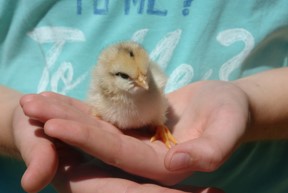
Tactile input has also been found to stimulate areas of the brain that are responsible for a wide range of other skills. These additional skills include body awareness, memory, visual skills, and arithmetic problem solving. These are skills that are often areas of concern for teachers, parents, and therapists of children who have Sensory Processing Dysfunction (SPD), Attention Deficit (ADHD) or Autism (ASD).
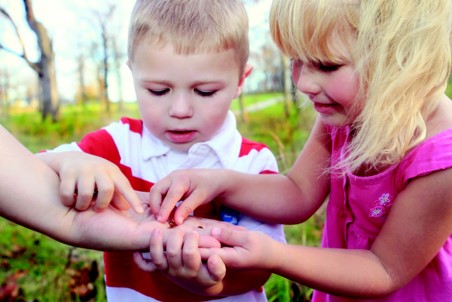
Tactile Perception and Body Awareness:
Tactile perception is incorporated into concepts of Body Awareness and Somatosensory Perception. These broader terms are often used together. Somatosensory perception refers to sensations that originate from the body and includes input that arises from the skin, joints, and muscles. This type of sensory input occurs during touch, and also during movement when muscles stretch and joints move.

Associated Social Skills:
Researchers have found that skills surrounding tactile perception and body awareness are not only linked with self care, but also with social and academic skills as well. For example, a significant percentage of children with SPD, ADHD, or ASD tend to show a degree of “Tactile Defensiveness” , which is an aversion to touch sensations. This impacts a wide range of social behavior such as choice of clothing worn (due to resulting touch sensations to the skin), food eaten (due to touch sensations in the mouth), and even friendships as people use touch as gestures of communication (i.e. pat on the back, high five’s)

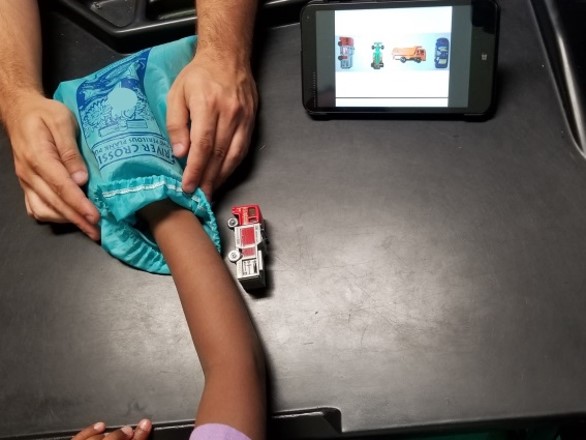
Identifying the direction and shape of an object, such as a “p” or “d” impacts reading
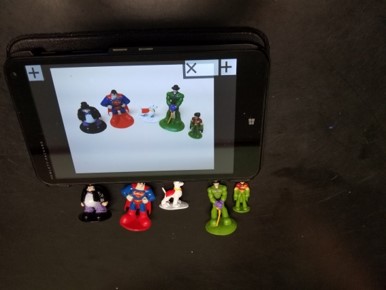
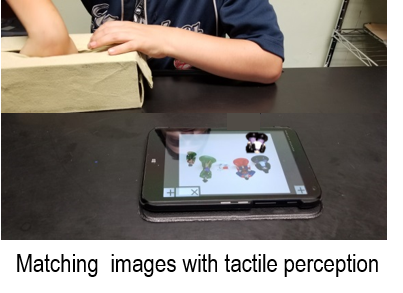
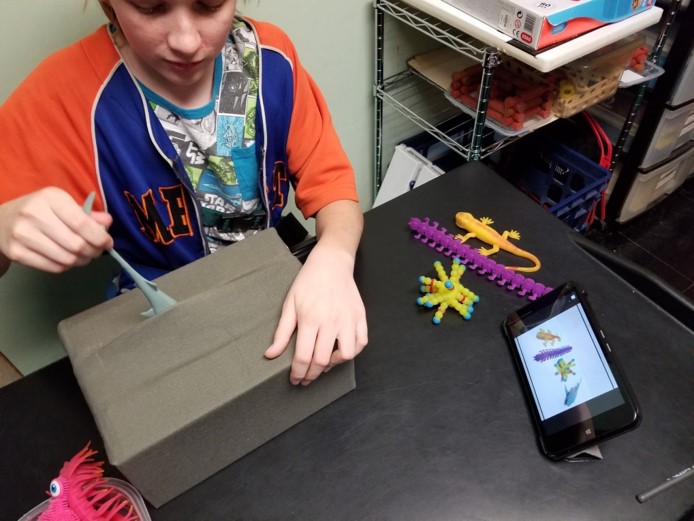
Activities that involve tactile perception can be fun. Furthermore, since these activities allow for generalization of information from the somatosensory system to problem solving skills, they can be helpful in addressing deficits in self care as well as academic skills.
Read more information about tactile perception and somatosensory processing skills in the article “Somatosensory Processing in Neurodevelopmental Disorders” by Carissa J. Cascio
This article is noteworthy for a parent’s views about the impact of tactile defensiveness.
Want help getting these issues addressed? Email us or take a look at our Virtual Occupational Therapy sessions.

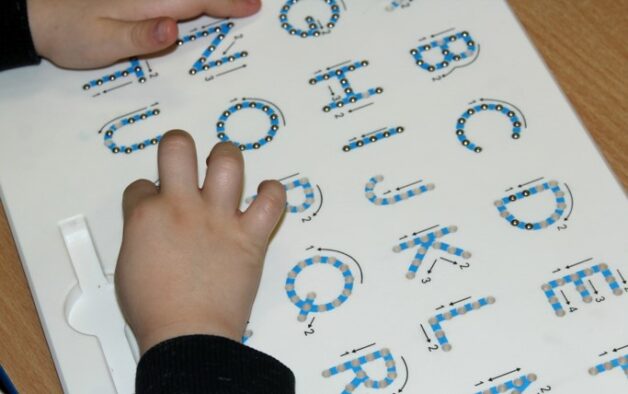
Hi- great write up. It was nice that you incorporated an over active tactile system with Tactile Perception however would it impact differently with under registration?
Given Winnie Dunn’s model of sensory processing, the child who has a “high threshold” to somatosensory input might initially present as under-responsive to tactile stimuli due to a learned pattern of response. However, when provided with preparatory somatosensory input designed to activate modulation, (i.e. resistive toys for squeezing, weighted wearables, or other types of active deep proprioceptive input), this child may well begin to show improved adaptive responses to tactile input.